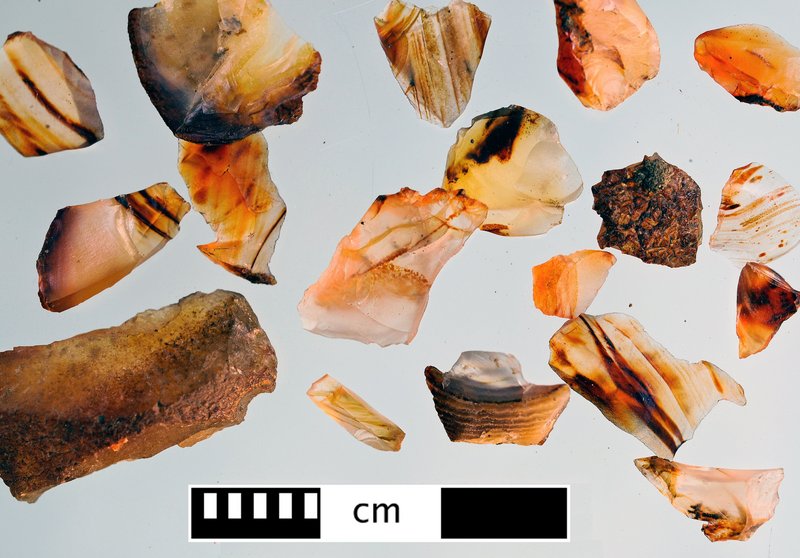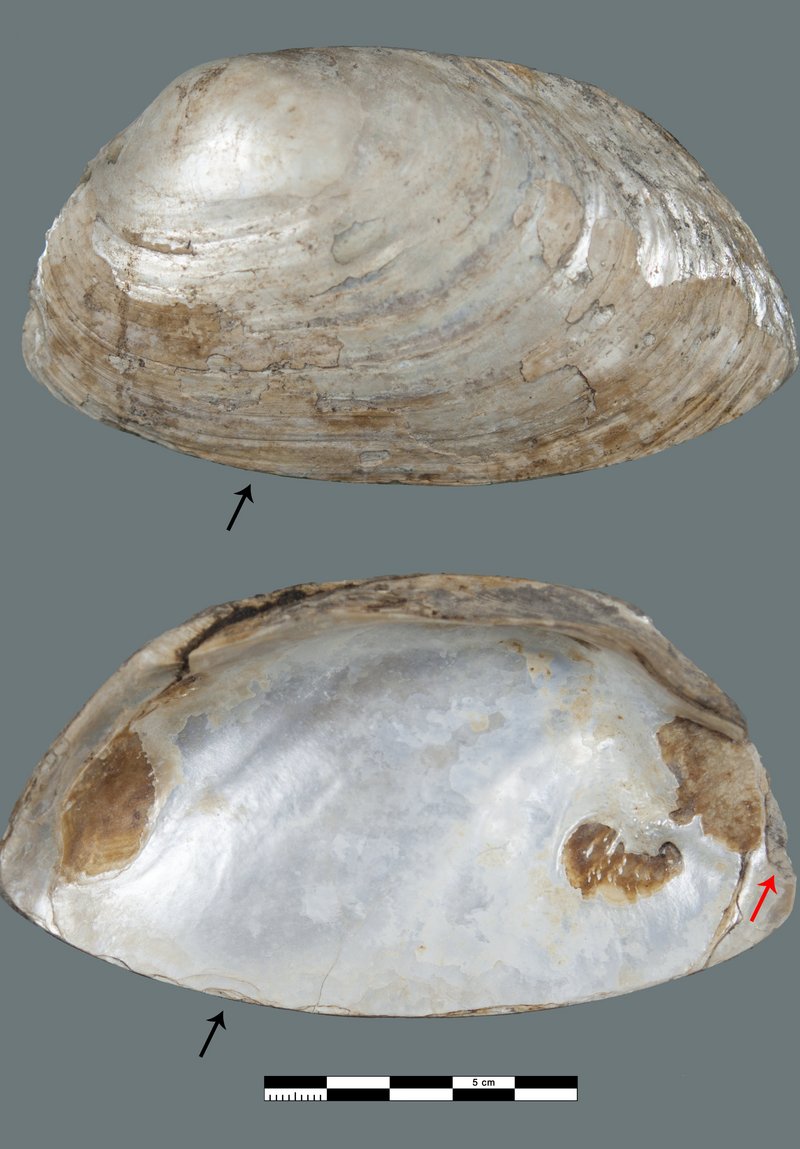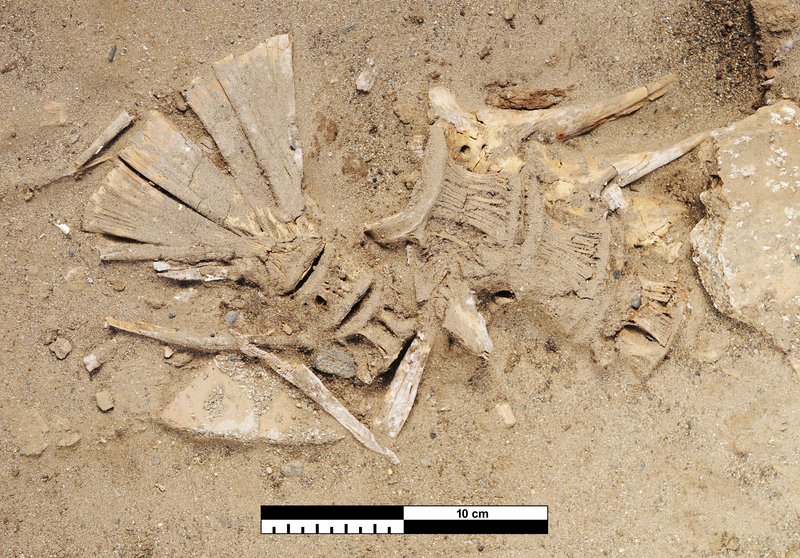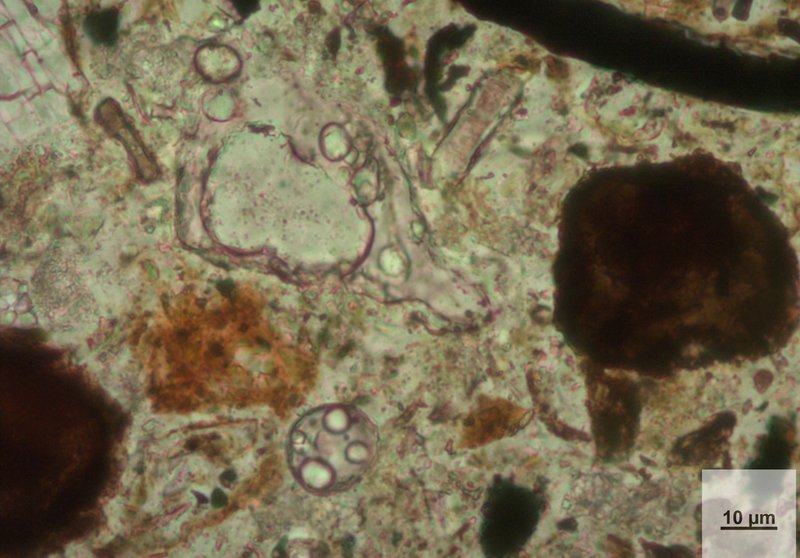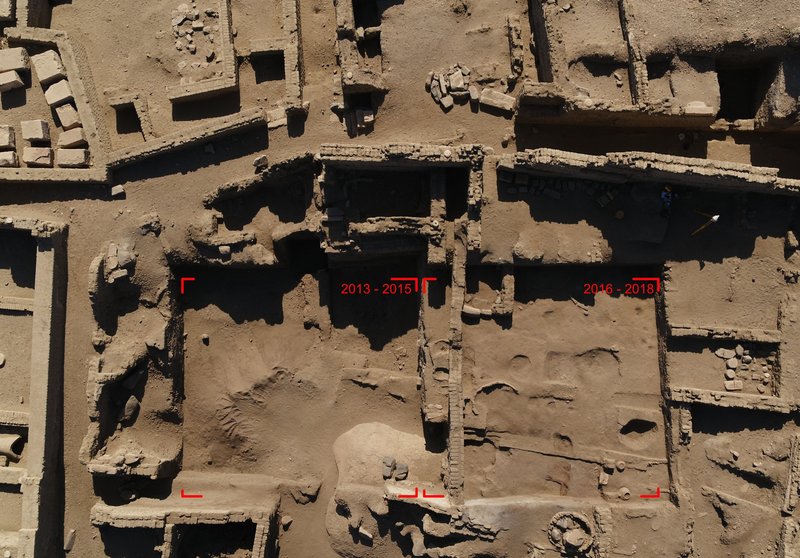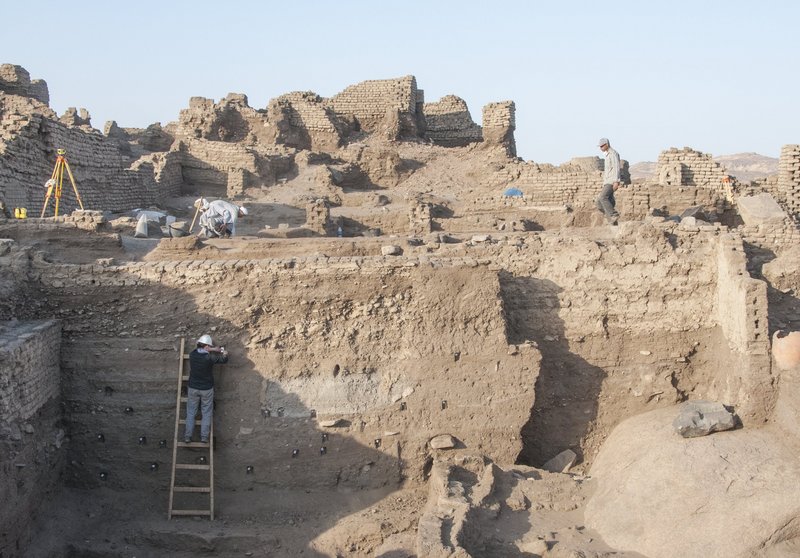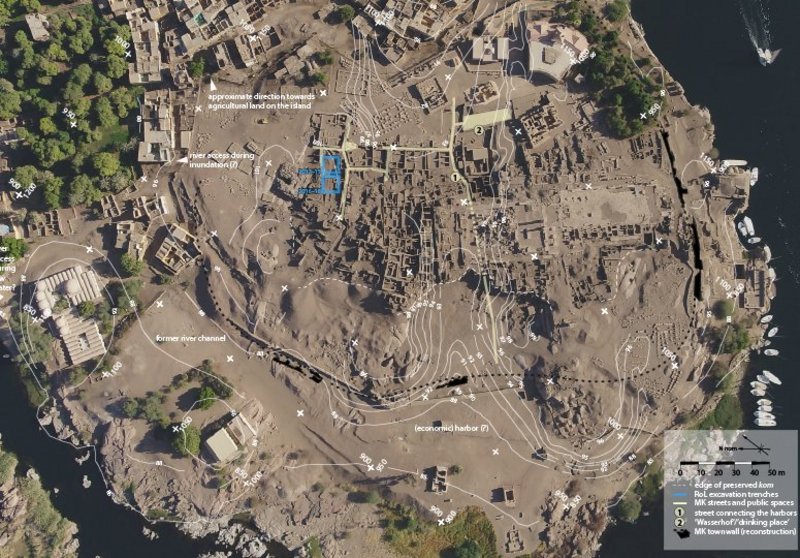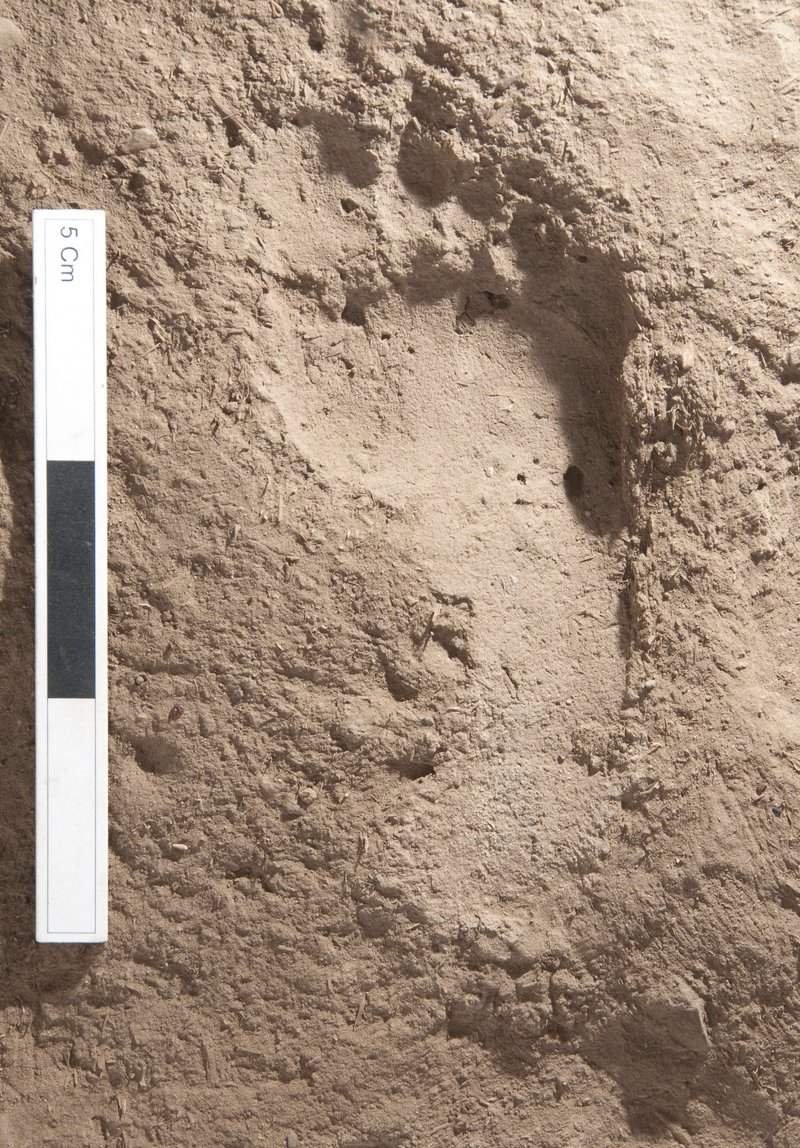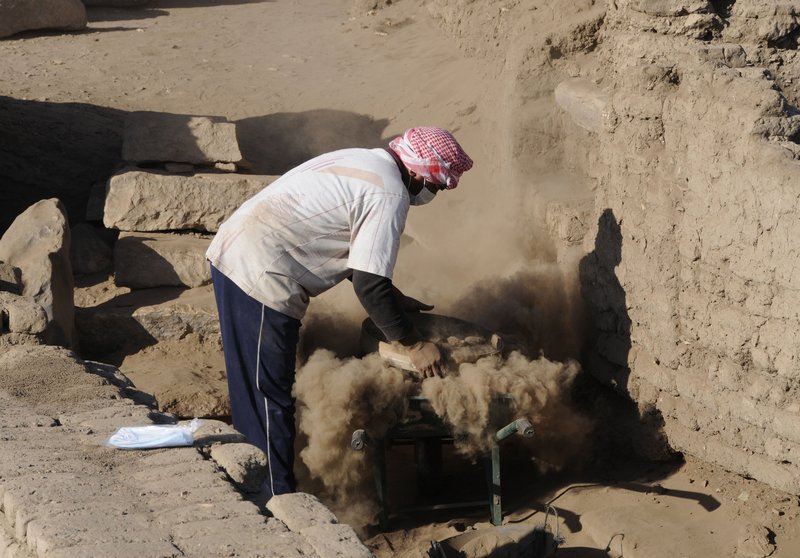Forschung
The scientific aim of the project 'Realities of Life' is to refine (and, if necessary, correct) the findings from previous excavations of residential buildings on Elephantine and, in doing so, to find out more about the people and the reality of everyday life behind the architectural remains and finds. For the study of everyday life, the focus is on three aspects (see Sigl in: Seidlmayer et al. 2016, 2–6 and in: Sigl et al. 2018, 161–165): 1) (the production and consumption of) foods, 2) other (productive) activities, and 3) living environment. This scientific objective is joined by a methodological aim. Within the framework of the project, extensive scientific investigation methods are integrated into regular archaeological work. As a result, new definitions for excavation, find handling, sampling, storage and processing strategies were implemented, adjusted to the respective preconditions for a successful application of the methods, which were anticipated already before the excavation begin. The highest priority is to avoid modern or untraceable contamination of finds and samples (e.g., by sunscreen and pencil residues). At the same time, this goal is subject to the greatest constraints and limitations due to technical availabilities in Egypt as well as the requirements of the Egyptian authorities overseeing all archaeological projects. Within the framework of the Realities of Life-project, a network of suitable laboratories was scouted out, communication with the relevant official bodies was expanded, equipment for work in the field and in the laboratory was purchased, and methods and work protocolswere passed on to local colleagues - with the aim of sustainability, i.e. the use of methods, connections and equipment also after the end of the sub-project and for other projects outside of the DAI. The project 'Realities of Life' is divided into three main phases of activity: excavation, analyses, and interpretation. Excavations took place from fall 2013 to fall 2018. Since fall 2018, we have been focusing on find identification, analyses or laboratory work, and interpretation.
Basics of fieldwork
The foundations of the excavation and natural science work in the field were laid during a workshop ("Reality of Life - A synthesis of archaeology and natural sciences") from Nov. 30 to Dec. 4, 2014 in Aswan and Cairo. Participants were scientists recruited for the project and at that time intended collaboration partners. As a result of this meeting, the excavation and finds processing methods of the project were significantly changed. During excavation, recovery and storage of finds, aims at ensuring a maximum of prevention from contamination: Powder-free gloves are worn during the initial sorting of finds; surgical or FFP2 masks are used not only to protect the health of scientific personnel and workers (especially because of the massive amount of dust), but also to prevent accidental contamination of finds; work tables for ceramics are used only with plastic covers to prevent chalk residues from previous work from being transferred to the sherds; aluminum foil is used as packing material for the finds intended for examination by gas chromatography-mass spectroscopy (GC-MS); the sampling equipment is cleaned between uses (e.g., by immersion into an ultrasonic bath) to ensure that the find materials are not mixed; etc. In addition, sufficient quantities of sediment samples for macrobotanical (at least 10 liters for dry sieving and flotation work), entomological (3 liters for dry sieving) and phytolith studies (about 50 grams for lab processing) were collected. Due to lack of space in the storage rooms, immediate processing by wet and dry sieving for the larger sediment quantities was practiced with the local staff of the team.
Methods in archaeology and natural sciences
As a basis for all archaeometric-scientific analyses, standard procedures of finds processing are applied to the entire excavation material. The examination of features, architectural remains and small finds in general, but especially the storage and database management is done with the support of students from Egypt, Brazil, Germany, Spain and the USA. Groups of finds such as jar stoppers, flint objects, stone tools and seal impressions, ostraca and papyrus fragments, faunal and botanical material are examined by specialists after the initial sorting. Team meetings during the work on site and in the context of (virtual) workshops ensure the exchange of information and data in the entire project group and thus support the interdisciplinary approach to the interpretation of the material and the answering of the research questions. Complementary to the processing of finds and samples, experiments are conducted, which should, for example, provide information on the behavior of raw materials and objects during their use. So far, samples of raw materials, insect remains and pigments have been examined in the excavation's on-site magazine using the DAI's own polarizing microscope and in the laboratory of the Institut français d'archéologie orientale (IFAO) in Cairo. X-ray diffraction analysis (XRD) and Fourier transform infrared spectroscopy (FTIR) have been performed on selected examples of these in the laboratory of the Centre for Research and Conservation (CRC) of the Ministry of Tourism and Antiquities in Cairo to determine the origin of the raw material and the production technology of the pigments. An initial evaluation of metal finds was conducted using a portable X-ray fluorescence (pXRF) device in the on-site storage rooms in spring 2016. The study has continued since spring 2021 in the field and also in the IFAO laboratory in Cairo using optical metallographic microscopy and on chosen finds scanning electron microcopy (SEM) and energy dispersive spectroscopy (EDS) at the Desert Research Center in Cairo. Thin sections of scatter and block samples for micromorphological studies were prepared in the laboratory of the Geology Department of the Faculty of Science, University of Aswan. Initial sections were examined as part of the DFG-funded project "Everyday Life in the Ancient City of Elephantine, Southern Egypt - Microanalytical Investigation of Archaeosediments" (Project No. 421874393), which ran from 2019 to 2021. Due to change in the professional perspective of the project director, the samples are still open for further analysis. The macroscopic examination of ceramics is supported by petrographic analyses, which are carried out at IFAO Cairo. Residue analysis on ceramic samples has not yet been possible due to Egyptian regulations. In addition to the study of botanical macro-remains and to support certain questions of sedimentological analysis and stone tool analysis, phytolith samples were collected on site from the sediments of features, and from the surfaces and pores of the objects. They were processed in the laboratory of the Grand Egyptian Museum (GEM) in Cairo and are currently under investigation. Organic residues and traces of use on stone (and other) tools are being examined on site at the Elephantine storagerooms using stereo and polarized light microscopy. Charcoal fragments will be identified by means of microscopic study at IFAO Cairo. In addition, a stereomicroscope is used at the excavation site for macroscopic identification of animal remains and for determining raw materials and work marks on small finds. The DAI's polarizing microscope enabled the first entomological studies to be conducted on the island. Traces of use on stone tools are examined via silicone impressions and minimal residue sampling. Here, too, the analysis is carried out in cooperation with the IFAO in Cairo.
